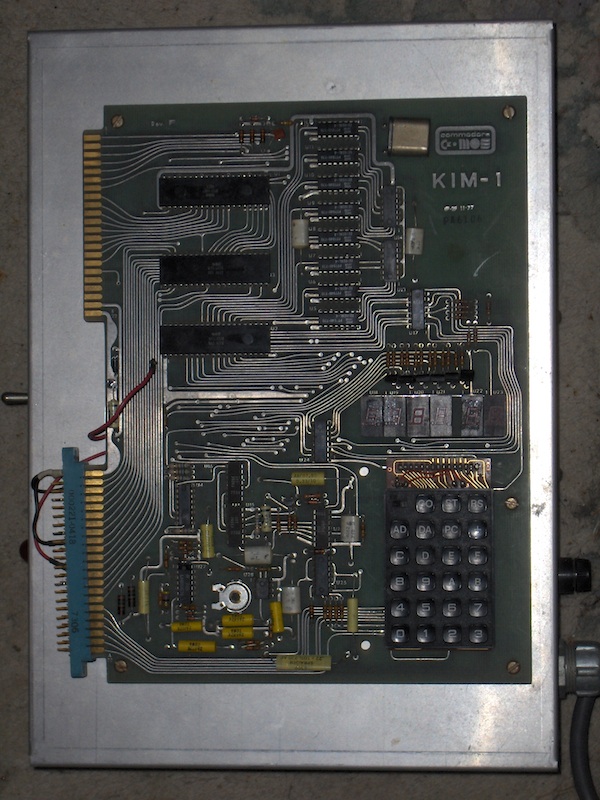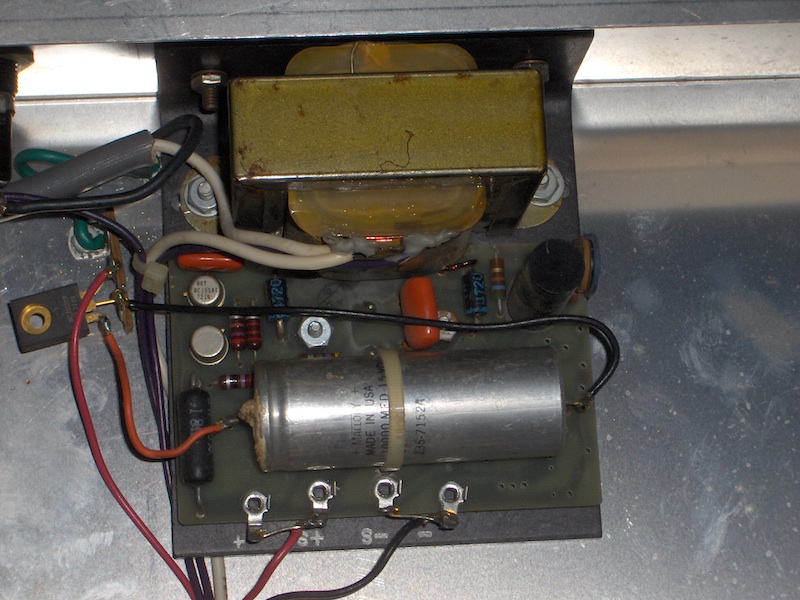AdamAnt316
Experienced Member
Hello everyone. I've had a KIM-1 for some time now, though I have yet to try it out. It came attached to a chassis with a power supply underneath, but the connector going from it to the board has seen far better days (at least a couple of the pins are broken off, including some of the power ones). One of the online FAQs identifies the connector as a Vector type R644 (once offered by Radio Shack as part# 276-548 ), which is offered by Mouser and other sources, but for prices I find absurd (both DigiKey and Mouser wants $20.66 for one, though DigiKey also offers a R644-3F wire-wrap version for 'only' $13.38 ). Is there another option? A local electronics store has some edge connectors, though they're more like the type seen used for floppy disk drives, with a much more narrow pitch. Any ideas? Thanks in advance.
-Adam
-Adam


